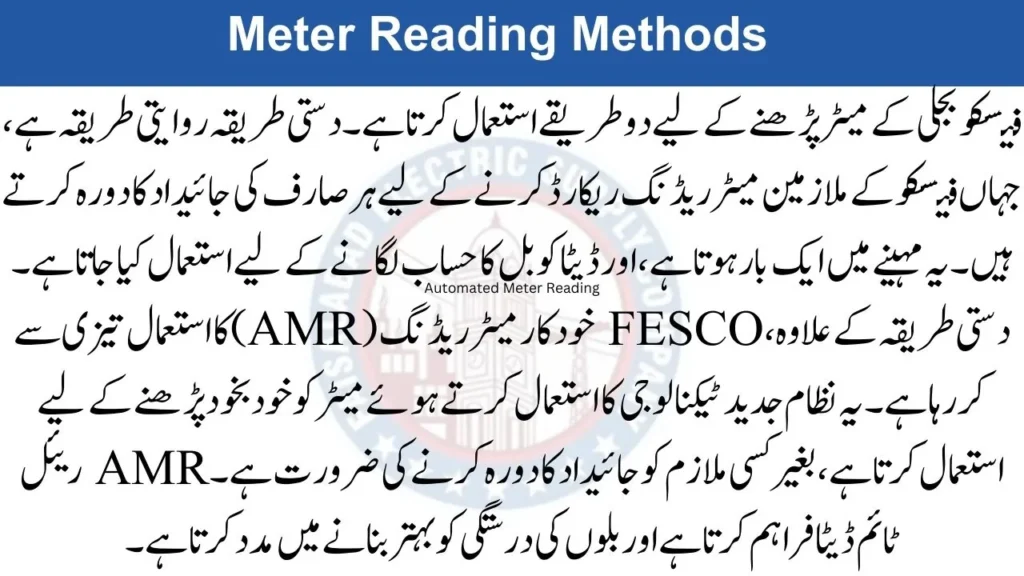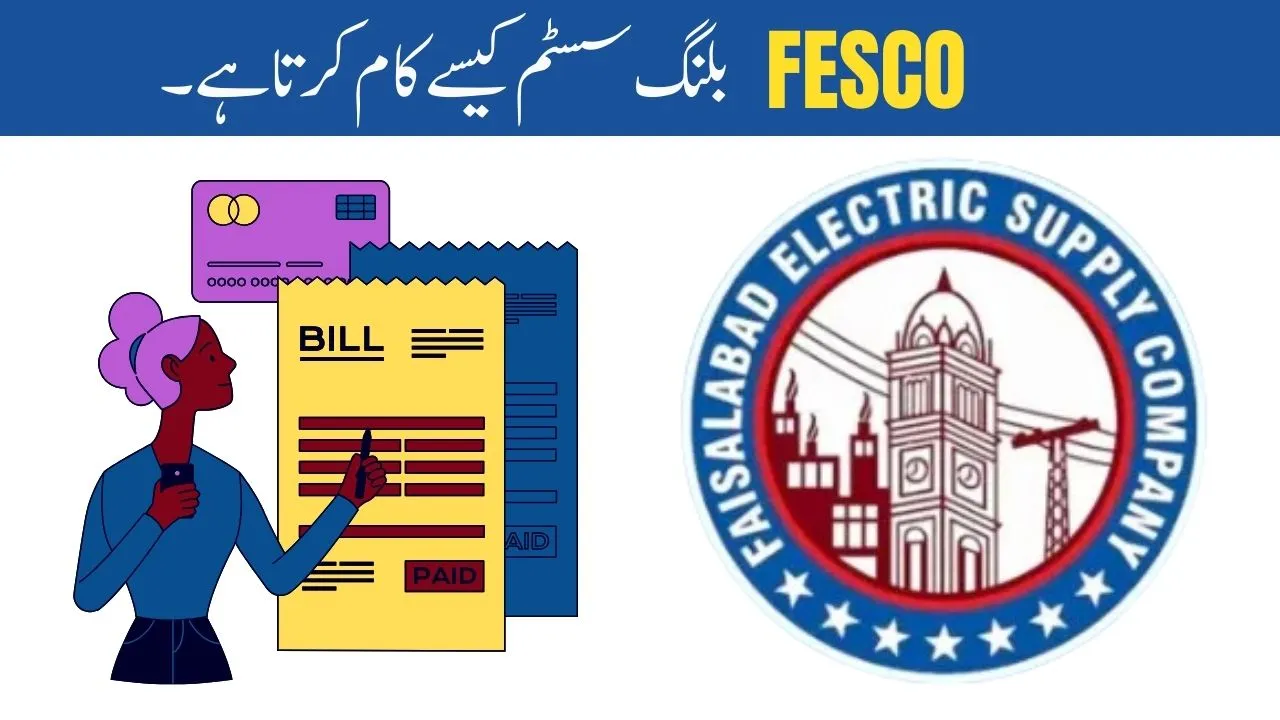The Faisalabad Electric Supply Company (FESCO) is one of Pakistan’s major electricity distribution companies. It provides electricity to 8 districts, including Faisalabad, known as the “Manchester of Pakistan” due to its textile industry. To manage its billing efficiently, FESCO uses a well-structured billing system. This system ensures accurate billing for its customers by following a few key steps, which we will explain here.
| Process | Details |
| Meter Reading | Collected manually or through automated systems. |
| Data Entry and Management | Processed for bill calculation. |
| Bill Generation | Charges calculated including taxes and tariffs. |
| Bill Distribution | Bills sent via post or electronically. |
Contents
Components of the Billing System
The FESCO Billing System has several components that ensure smooth operation. One of the most important parts is meter reading, which records how much electricity a customer has used. FESCO employees visit homes and businesses every month to take these readings, but FESCO is also adopting more modern methods. Automated Meter Reading (AMR) is becoming more common in certain areas. This system allows FESCO to collect meter data more frequently, providing real-time information for more accurate billing.

Meter Reading Methods
FESCO uses two methods for reading electricity meters. The manual method is the traditional way, where FESCO employees visit each customer’s property to record the meter readings. This happens once a month, and the data is used to calculate the bill. In addition to the manual method, FESCO is increasingly using Automated Meter Reading (AMR). This system uses modern technology to read the meter automatically, without the need for an employee to visit the property. AMR provides real-time data and helps improve the accuracy of bills.
Data Entry and Management
Once FESCO collects the meter readings, the next step is data entry and management. The data is either entered manually by FESCO employees or automatically through the AMR system. This information is stored in FESCO’s database, where it is processed to generate the customer’s bill. The system calculates how much electricity was used, along with other charges like taxes and tariffs.
- Manual meter readings: Collected monthly by FESCO employees.
- Automated meter readings: Collected in real-time using technology.
- Data processing: Information is entered into the system for billing.
- Billing accuracy: The data helps ensure that bills are correct.
Also Read: FESCO Bill Check by Serial Number in 2024
Bill Generation
After the data has been processed, FESCO generates the bills for its customers. The amount a customer owes is based on their electricity usage, which is multiplied by the applicable tariff rates. FESCO also includes additional charges like taxes, fuel price adjustments, and other fees. Once the bill is ready, it is sent to the customer for payment. This system ensures that the bills are accurate and that customers are charged correctly for their electricity use.

Bill Distribution
Once the bills are generated, FESCO distributes them to its customers. There are two main ways that customers can receive their bills. The traditional method is through the post office, where the bill is delivered to the customer’s address. FESCO also offers an electronic option, where customers can check their bills online. This makes it easier for customers to access their bills quickly and avoid delays.
Conclusion
The FESCO billing system is designed to provide efficient and accurate billing for millions of customers across 8 districts in Pakistan. From meter reading to bill distribution, FESCO uses both traditional and modern methods to ensure smooth operations. By adopting new technologies like Automated Meter Reading, FESCO aims to improve the accuracy of its bills and make the entire process easier for customers.

